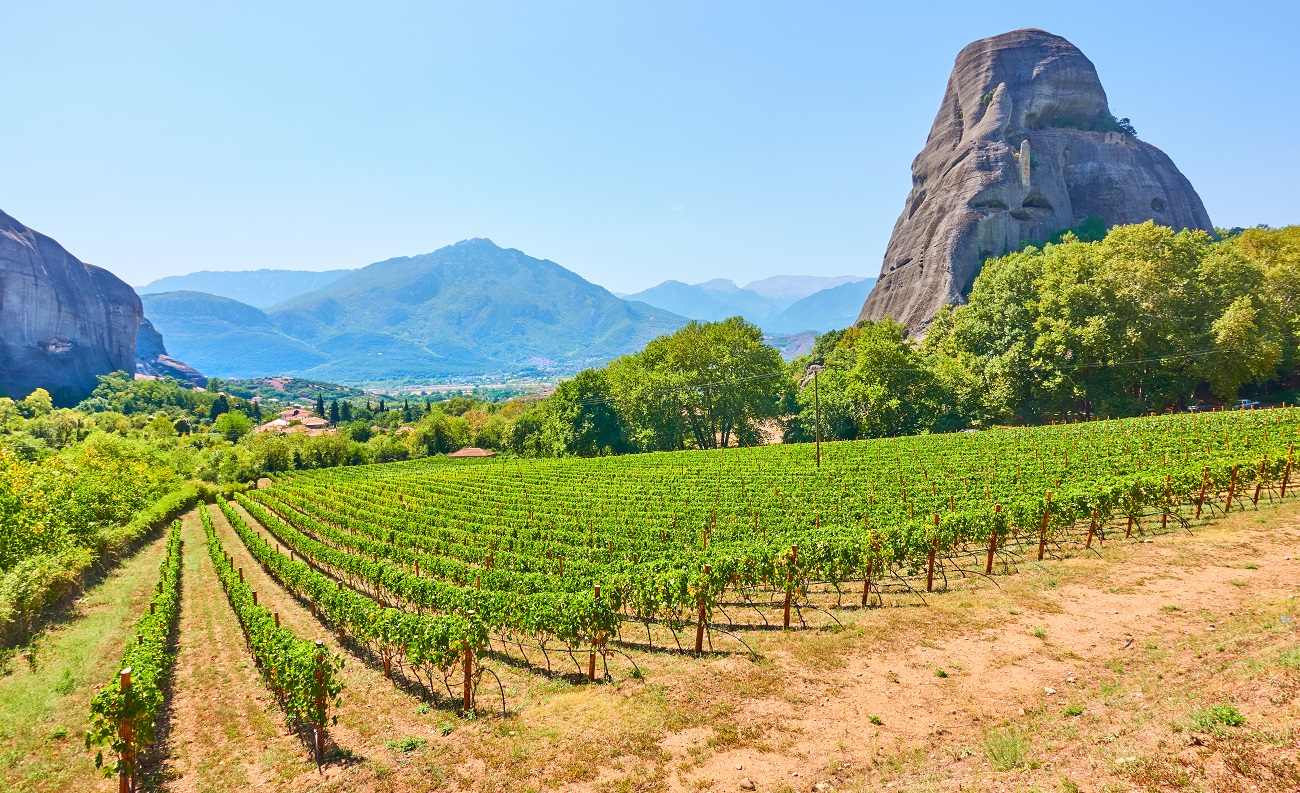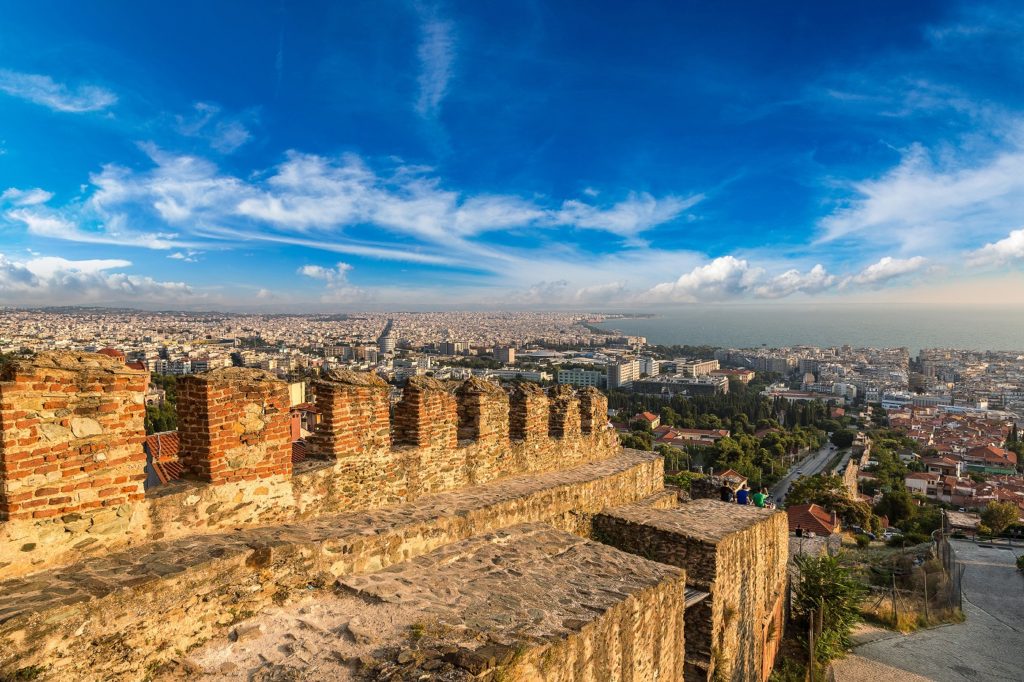Greece is undoubtedly one of the most popular holiday destinations in Europe. But while visitors tend to flock to the sun-kissed islands and ancient capital, the country’s north (the regions of Epirus, Thessaly, Western Macedonia, Central Macedonia and Eastern Macedonia and Thrace) remains fairly off the beaten track. It just doesn’t fit in many people’s ideas of what Greece should look like, the images we see on the feta cheese labels, of sugar-cube villages and blue-domed churches.
Approaching from Athens, you can sense the difference as soon you enter Thessaly: the mountains are deeply forested, the air is softer and less arid, the vernacular architecture is of wood and stone, with overhanging second, third and even fourth floors, often painted in bright colours.

You might also sense that history has treated this part of Greece very differently. While the south gained its independence in 1830, northern Greece became a nationalist battleground for the hearts and minds of people, who during the long centuries in the Ottoman Empire identified only as Christian, Muslim or Jew. During the first half of the 20th century, they would endure the horrors of two Balkan Wars, two World Wars, the Greek Civil War and a massive, heart-wrenching exchange of populations.
Three generations later, most of those old wounds have healed, leaving northern Greece a fascinating, multi-faceted destination just waiting to be discovered. People in the know already come for its beaches or mountains and its exceptional archaeological sites – after decades of neglect, new wonders seem to be discovered every year, including the headline-grabbing enormous Macedonian tomb at Amphipolis and, perhaps less well known, Western Macedonia’s remarkable, recently discovered Neolithic Civilisation of the Four Lakes and enormous, mosaic-filled Roman villa of Alexandros and Memmia.

Hundreds of antiquities uncovered during the construction of the new metro in Thessaloníki will be fine additions to what is already one of Greece’s best archaeology museums, filled with the exquisite gold work of ancient Macedon and two unique masterpieces from the 4th century BC: the extraordinary Dervéni krater, the only relief metal vase to survive antiquity; and the Dervéni papyrus, Europe’s oldest-surviving manuscript.
As the ever-popular Greek islands fill up, northern Greece’s beauty spots are becoming better known, starting with the Pelion Peninsula, a botanical paradise with picture-perfect beaches, ancient trails and traditional villages filled with 18th- and 19th-century mansions. The stone-built villages of the Zagorochória, near the centre of Pindus National Park, are pure enchantment, criss-crossed by cobblestone mule tracks and high arched stone bridges, traditional inns and restaurants. But there are others well off the beaten track such as Siátista and Nymphaío in Western Macedonia, and Syrráko and Kalarrýtes and others hidden in the little-known Tzoumérka region of Epirus.
Water is another joy here: there are rivers for kayaking, among them the Aoös, Árachthos, and the Néstos coiling through its gorge, and others such as the Aggítis flowing through a stalactite cave, and the steaming ‘hot river’ of the Pozar Springs spa. Most people never think of Greece as a country of lakes, but there are plenty in the north – two with handsome lake cities, Ioánnina and Kastoriá, and others, such as Préspa and Kerkíni, filled with pelicans. Waterfalls gush through the city centre of Édessa, on the island of Samothráki, at Livadítis and Skra.
The food in the north is different, too. There are elegant red wines to discover, and Zítsa’s naturally fizzy white, and Métsovo’s Katógi, grown in the highest vineyard in Greece – the perfect match for the Flórina peppers and deep red saffron of Krókos, the wild mushrooms and truffles and the surprising array of cheeses, still made in the Homeric way from free-range cows, sheep and goats grazed on mountain herbs.
Long ago, in 1977, I wrote the first detailed guide to the Greek islands, and it’s been a privilege to have had the opportunity to write the first guide to the north. All I can say is it’s about time! Northern Greece is full of wonders – come and see them for yourself.